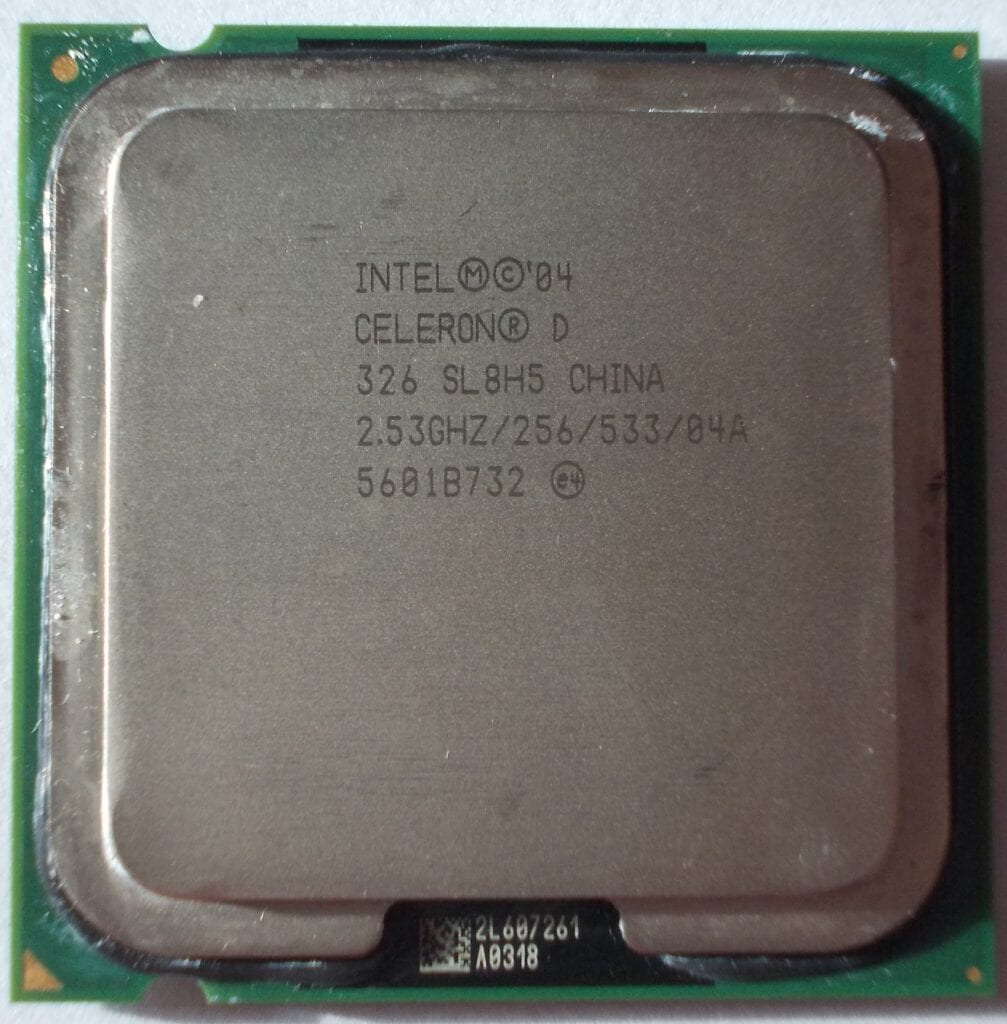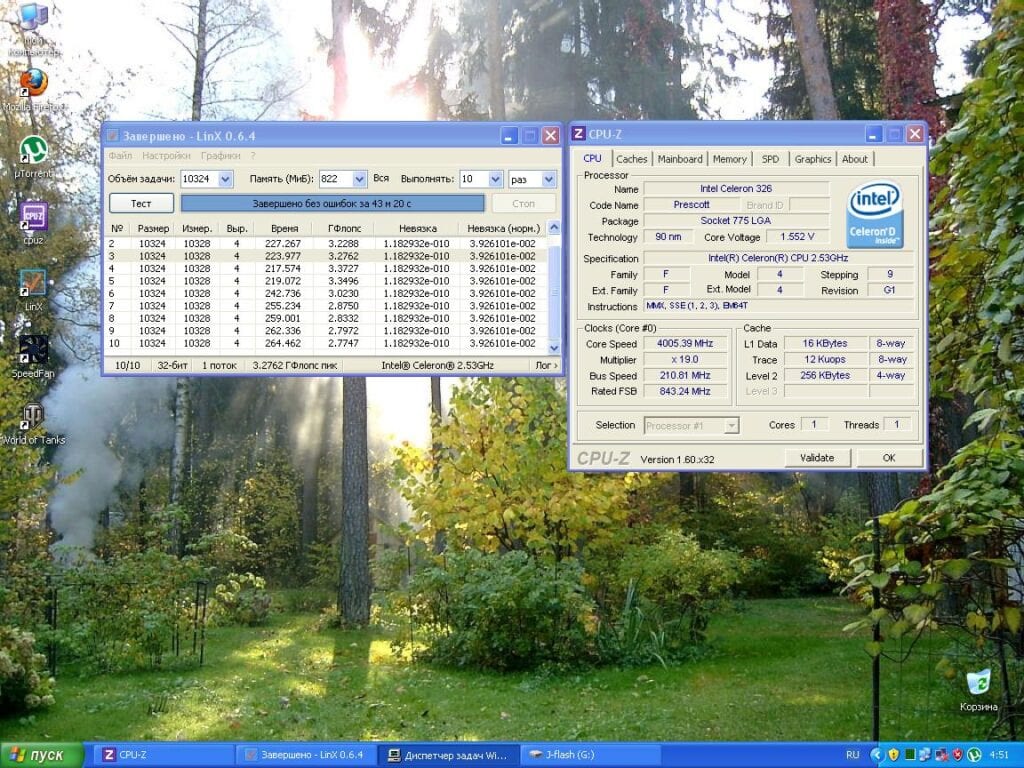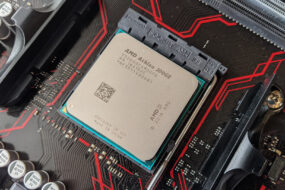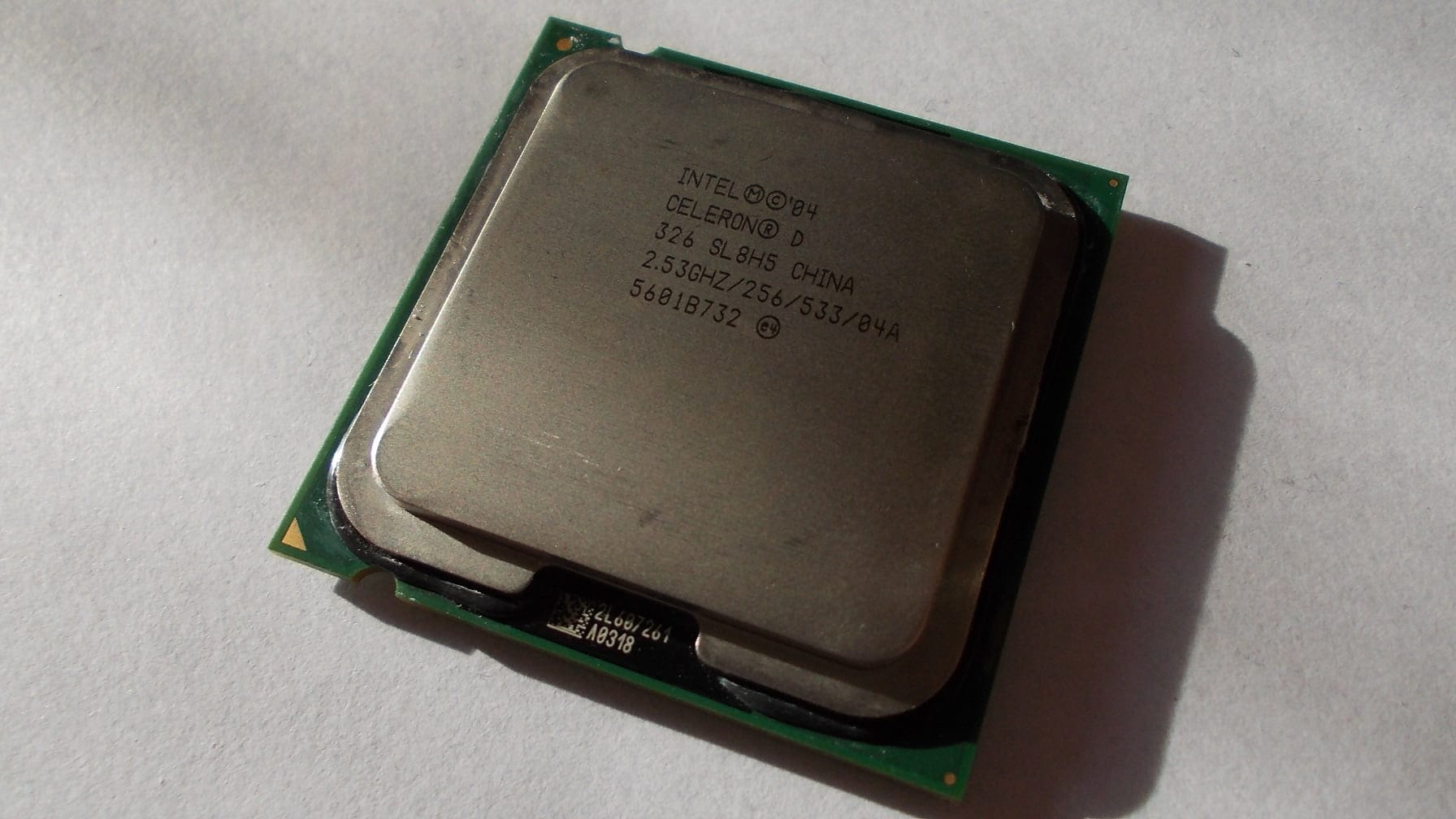
The Intel Celeron D 326 chip is one of the youngest processors in the blue giant’s line for the LGA 775 platform. This particular feature makes this model so beneficial in terms of overclocking because even if a “patient” dies the death of the brave, dozens of processors like him will replace him.
Processors
Test instance marking SL8H5. Our processor was manufactured in China. The base clock speed of the Celeron D 326 is 2530 MHz, the chip has 256KB L2 cache and a TDP of 84 watts.
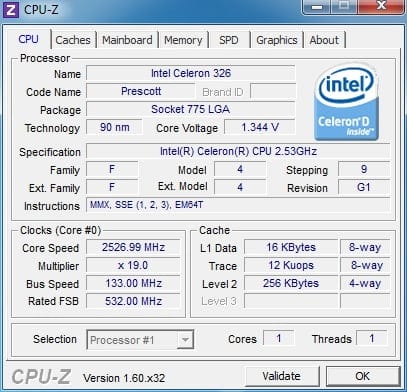
The same characteristics are confirmed by the CPU-z utility, supplementing them with indicators of the base voltage, which is equal to 1.344 volts and more accurate reading of the operating frequency – 2526 MHz.
Test setup
- Motherboard — Biostar P35D2A7
- Processors — Celeron D 326 (90nm/Prescott/G1/2533MHz)
- Cooling — Cooler Master Hyper TX3
- RAM — 1GB DDR2 PQI PC6400 (5-5-5-24)
- Video card — Radeon X600
- HDD — Samsung HD161HJ 160GB
- Power supply — Cooler Master 460W
Overclocking
The Celeron D 326 processor was overclocked to a stable frequency of 4005 MHz:
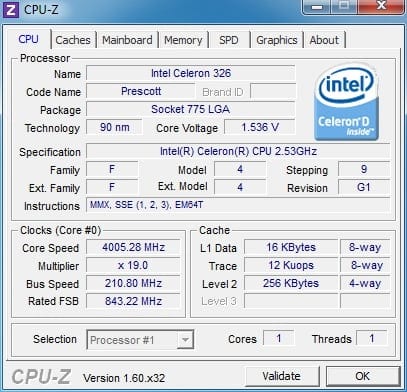
To do this, we had to raise the voltage on the core to 1.536 volts, raise the FSB bus to 210 MHz, raise the voltage on the FSB bus to 1.32 volts and reduce the RAM multiplier by one point.
Due to the modest amount of RAM installed in the system (1GB), stability testing was carried out in the Windows XP operating system:
In addition, it was decided to carry out the so-called “overclocking for the sake of a screenshot” for the HWBot overclocking database.
The voltage on the chip was set at around 1.700 volts, the FSB bus at 240 MHz and the bus voltage at 1.350 volts, which eventually gave us a frequency of 4560 MHz:
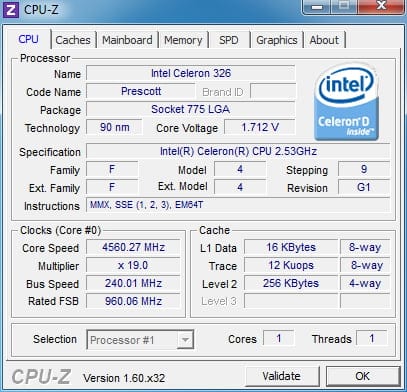
Be careful, raising the core voltage above 1.600 volts can damage your CPU.
